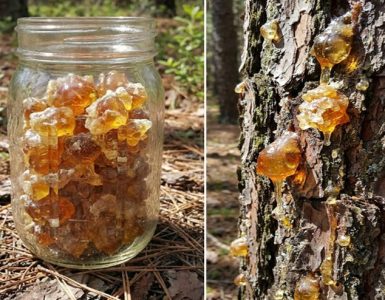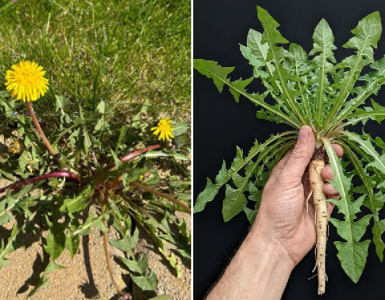In the realm of gardening, the quest for bountiful harvests is an ongoing pursuit. Gardeners, both novice and seasoned, constantly seek methods to enhance the growth and vitality of their plants. Amidst the array of fertilizers and growth stimulants, one age-old technique has resurfaced with remarkable efficacy: yeast water. This simple yet potent solution is revolutionizing the way we nurture our gardens, particularly benefiting crops like garlic, tomatoes, and cucumbers.
Unlocking Nature’s Potential:
Yeast water, a concoction derived from fermenting water with yeast, harnesses the power of natural processes to fuel plant growth. Its efficacy lies in its ability to provide plants with essential nutrients in a readily absorbable form. As yeast metabolizes sugars in water, it releases beneficial compounds such as amino acids, vitamins, and enzymes, transforming ordinary water into a nutrient-rich elixir for plants.
The Rise of Rapid Growth:
Garlic, tomatoes, and cucumbers, staple crops in many gardens, have shown remarkable responsiveness to yeast water fertilization. The symbiotic relationship between yeast water and these plants results in accelerated growth rates, increased yields, and enhanced resistance to environmental stressors.
Garlic, known for its pungent flavor and numerous health benefits, thrives when supplemented with yeast water. The nutrient-rich solution boosts bulb development, leading to larger cloves and healthier plants. Additionally, the natural antifungal properties of yeast help protect garlic from common diseases, ensuring a robust harvest.
Tomatoes, beloved for their versatility and rich taste, undergo a transformation under the influence of yeast water. The solution promotes vigorous vine growth and facilitates earlier fruit set, resulting in larger and juicier tomatoes. Furthermore, yeast water strengthens the plant’s immune system, warding off pests and diseases that often plague tomato crops.
Cucumbers, with their crisp texture and refreshing taste, also benefit immensely from yeast water fertilization. The solution encourages prolific flowering and fruiting, leading to a continuous supply of cucumbers throughout the growing season. Moreover, the enhanced nutrient uptake provided by yeast water ensures that cucumbers are packed with flavor and nutrients.
Environmental and Economic Benefits:
Beyond its impact on individual plants, yeast water fertilizer offers broader environmental and economic advantages. By harnessing natural processes, gardeners can reduce their reliance on synthetic fertilizers, minimizing the environmental footprint of gardening practices. Additionally, the cost-effectiveness of yeast water makes it an attractive alternative for budget-conscious gardeners, providing superior results at a fraction of the cost of commercial fertilizers.
As gardeners seek sustainable and effective methods to nurture their plants, yeast water emerges as a powerful ally in the quest for abundant harvests. Its ability to enhance the growth and vitality of crops like garlic, tomatoes, and cucumbers underscores its value in modern gardening practices. By tapping into the potential of natural fermentation, yeast water fertilizer offers a compelling solution to cultivate thriving gardens while minimizing environmental impact. Embracing this age-old technique heralds a new era of growth and abundance for gardeners worldwide.






Add comment